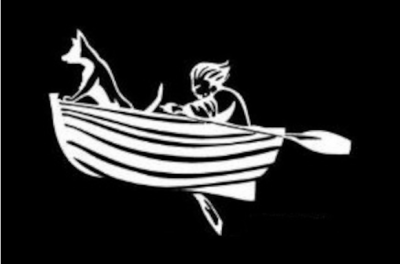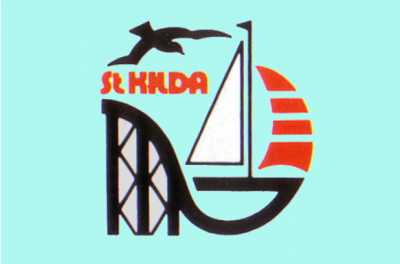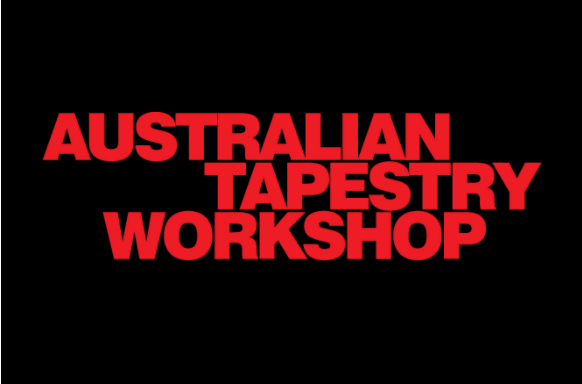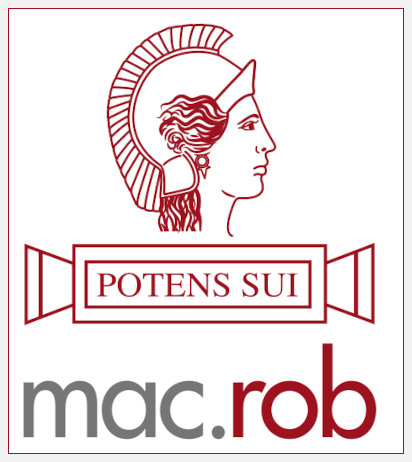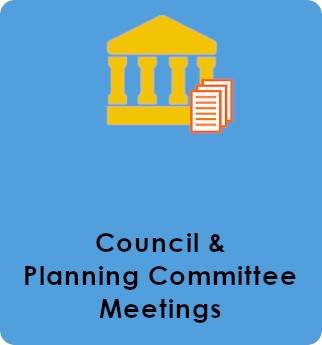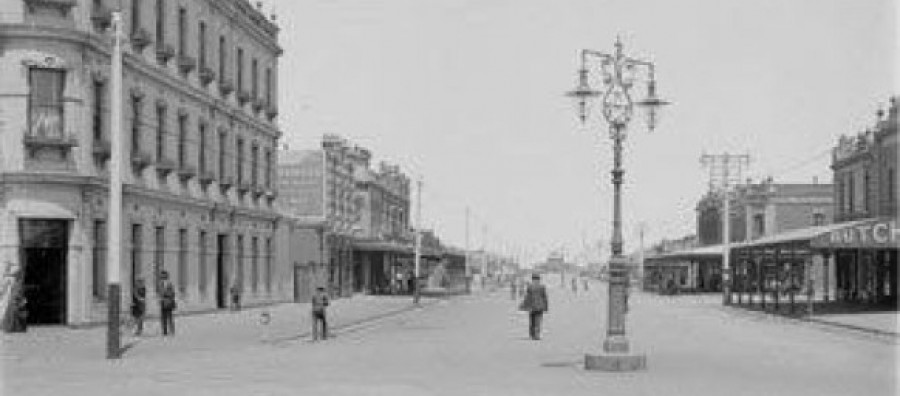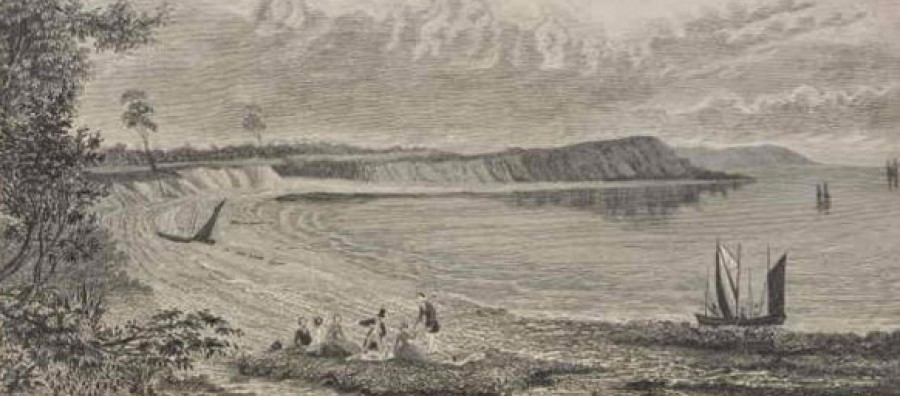Sited at the western end of Glen Huntly Road, at Point Ormond in Elwood, Victoria, is the locale of Victoria’s very first quarantine station dating back to 1840 – not five years since John Batman proclaimed that “This will be the Place for a Village” on the 8th June 1835:
” . . . In looking over an old journal of my Predecessor, Dr Hunt, then stationed at Williamstown, I find that prior to November, 1852, the Quarantine Anchorage was off the Red Bluff, near Brighton, and that the Government Emigrant Ships Manata, Lady Evelyn, and Chance, were detained there in September and October the sick being transferred to a [?] Hospital . . . “ **
In fact, the suburb Glen Huntly, and the road that connects Point Ormond to this suburb being Glen Huntly Road – bear the name of the very first ship to arrive in Port Phillip Bay displaying the dreaded yellow flag in 1840 . . .
” . . . The first yellow-flagged ship arriving in Port Phillip was the ” Glen Huntley,” from Greenock, with immigrants, on the 17th April, 1840. Typhus fever had shown itself on the voyage, and out of 157 passengers there were no less than fifty on the sick list . . . “ ***
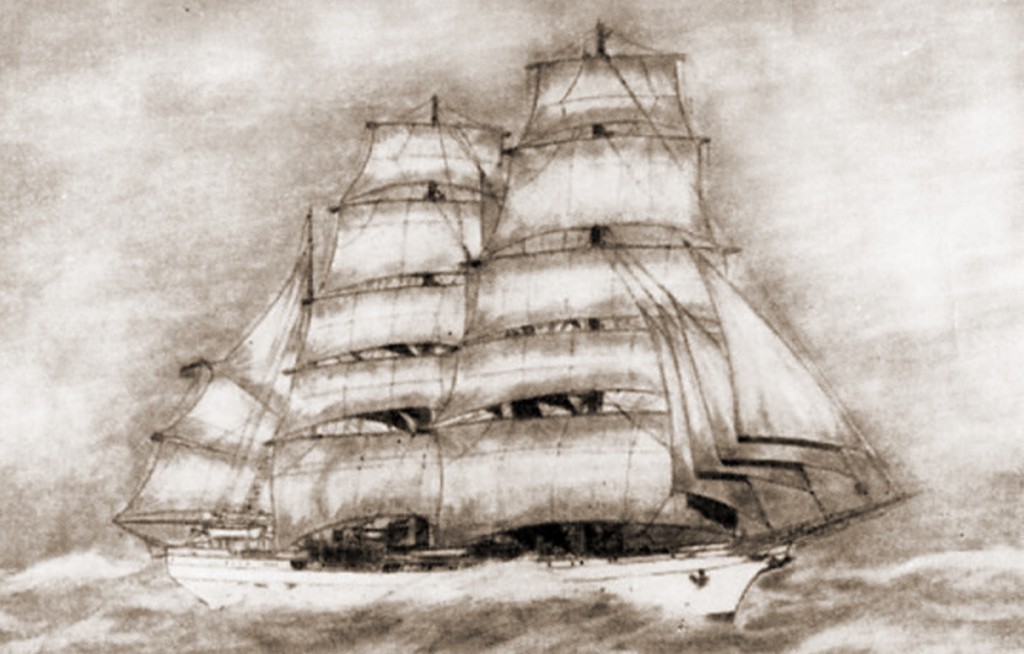
The barque ‘Glen Huntly’ was a 450 ton emigrant ship which left Greenock, Scotland in the December of 1839 under the charge of Captain Buchanan with 157 passengers on board. The voyage would prove to be ill-fated – beginning with a collision with a coaster during the very first night at sea. Hampered by thick fog which encased the English Channel, she then struck a submerged rock, straining her timbers even further. Whilst sailing the North Atlantic, she collided with an American Packet Ship which removed her figurehead and tore away her lower spars. Shortly after crossing the Equator, Typhoid Fever raged through the ship. It was common place for the merchants of the time to overcrowd their ships; provide minimal food, comfort and sanitation for their passengers. As is common place in history, the merchants were more concerned for their profit and those on board. Hence, it was easy for a plague to engulf the weakened physical state of these poor immigrants. Ten passengers died at sea, whilst at least a third of those on board grappled with the disease. When they arrived at Port Phillip on the 17th April 1840 with the yellow plague flag flying, the authorities directed the ship to anchor off the swamp where Elwood now stands.
” . . . Great was the consternation amongst the townspeople on the appearance of so unexpected and unwelcome an importation as a probable pestilence, and no time was lost in arranging for the establishment of a Quarantine Station. The then umbrageous, picturesque territory, now thoroughly civilized and known as St. Kilda, was designated by the Aborigines ” Euro-Yroke ” from a species of sandstone abounding there, by which they shaped and sharpened their stone tomahawks. Its first European appellation was the ” Green Knoll” (the eminence, then much higher, now recognized as the Esplanade), until Superintendent Latrobe named the country St. Kilda in compliment to a dashing little schooner, once a visitor in the Bay. St. Kilda was considered a smart walk from town, and adventurous pedestrians made Sunday trips there in the fine weather. About a mile further, looking out in perpetual watch over Hobson’s Bay, was a point known as the Little Red Bluff, afterwards improved into Point Ormond, and here some four miles from Melbourne, a pleasant enough spot, was organized our first sanitary station, where tents were pitched, and crew and passengers sent ashore. Ample precautions were taken to intercept communication with the interdicted world by land or sea, and Dr. Barry Cotter, Melbourne’s first practising medico, not being too full handed with patients in a small, healthy, youthful community, with a magnanimity that did him credit, volunteered his services to take charge of the newly-formed station. There was a military detachment located there, from which a guard was assigned to protect the encampment on the land side, whilst the revenue-cutter, ” Prince George,” from Sydney, was stationed seaward to shut off communication by boat or otherwise. The Surgeon-Superintendent entered upon his duties with a becoming sense of their importance. By an amusing perversion of terms he styled the place ” Healthy Camp,” and whilst lording it there, issued regular bulletins upon the condition of the invalids and convalescents consigned to his care. Three of the immigrants died there, and were interred near the Bluff. Their lonely graveyard was afterwards enclosed with a rough wooden railing, but has been destroyed by time, and from oversight or culpable neglect has not been replaced, and so their mortal remains have rested in peace, unprotected and undisturbed . . . “*****
**Source: Excerpt – ‘Queenscliff Sentinel, Drysdale, Portarlington and Sorrento Advertiser’ (Vic) – Article “Ye early history of the Quarantine Station, Point Nepean” – published 22nd January 1887
*** Source: Excerpt – ‘The Chronicles of Early Melbourne – 1835 to 1851 – Vol II’ – by Garryowen – published 1888
*****Source: Excerpt – ‘The Chronicles of Early Melbourne – 1835 to 1851 – Vol II’ – by Garryowen – published 1888
Extracted from page: https://poi-australia.com.au/points-of-interest/australia/victoria/elwood/quarantine-station-c-1840-point-ormond-elwood-melbourne-vic/#post_content




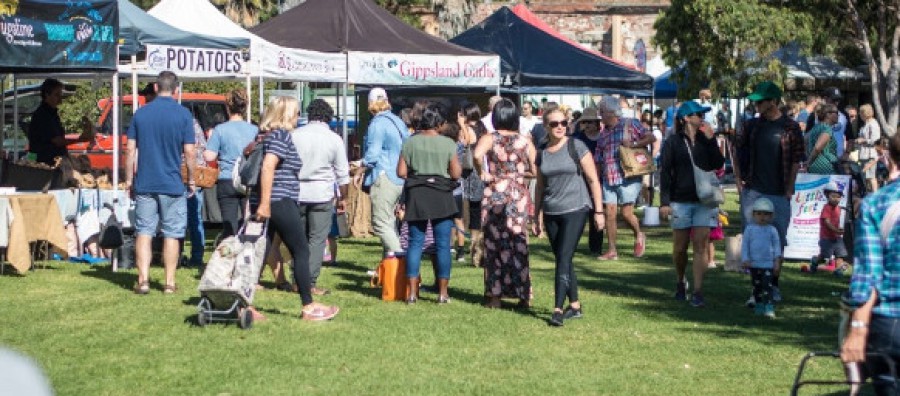




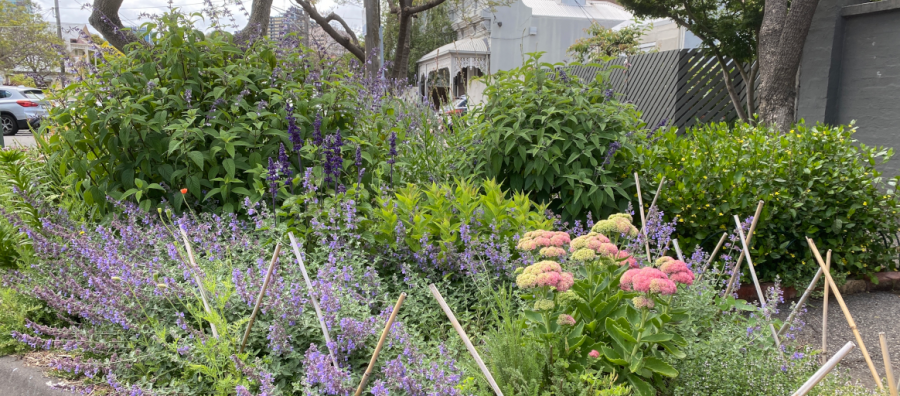
 street gardens, many of them decades old, would be subject to removal at council’s whim.
street gardens, many of them decades old, would be subject to removal at council’s whim.








